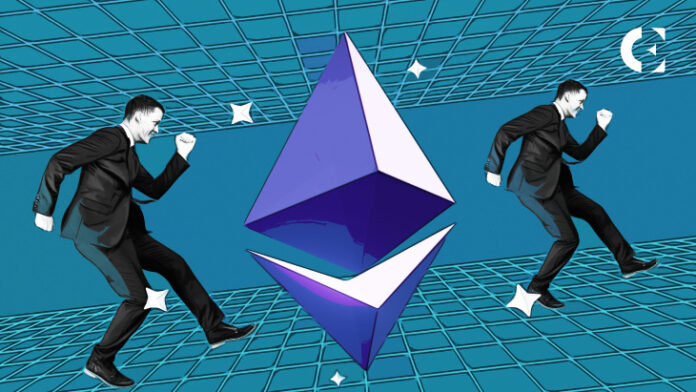- Ethereum Layer-2 options face trade-offs and chronic safety considerations
- Ethereum's sharding resolution, whereas centered on scaling, has inadvertently fragmented its ecosystem
- MultiversesX (EGLD) Emerges as Potential Ethereum Rival Boasting Excessive Transaction Pace and Rising Adoption
Cyber Capital founder and CIO Justin Bons not too long ago expressed skepticism concerning the viability of Ethereum Layer-2 (L2) scaling options, arguing that UX compromises are too steep a worth to pay. He additionally highlighted the lack of hundreds of thousands of {dollars} utilizing bridges as a vital vulnerability inside Ethereum's L2 infrastructure.
Whereas Ethereum has turned to sharding as a possible resolution to its scalability limitations, Bons argued that this method has led to a fragmented ecosystem that poses important challenges. One consumer famous that the chance of all ETH ecosystems agreeing on one shared sequencer, one liquidity aggregator, and one DA protocol is about as possible as BTC being the one crypto in 10 years.
He emphasised that the chance of discovering a common resolution is sort of inconceivable and stated that those that imagine in any other case are misled.
Given the fragmented nature of the Ethereum ecosystem, Bons argued, every part will inevitably be compelled to compete by itself deserves. He questioned whether or not platforms like Arbitrum (ARB) might actually compete with Solana (SOL) and MultiversX (EGLD), suggesting that Ethereum could possibly be left behind.
As with Bitcoin, the market will inevitably search for alternate options to Ethereum; historical past merely repeats itself, he famous.
Nonetheless, Bons praised MultiversX (EGLD) for its capacity to deal with excessive transaction volumes, noting its capacity to deal with greater than 100,000 transactions per second (TPS). As beforehand reported by Coin Version, cryptoanalysts predict that the value of EGLD might attain $460, reflecting its rising utility and adoption.
In the meantime, the Ethereum group is buzzing with anticipation as lead developer Tim Beiko pronounces main breakthroughs. The primary focus is the exceptional progress made on EIP-7495, SSZ StableContainer, designed to enhance and streamline Ethereum knowledge buildings.
Builders Lodestar and Nimbus have developed the EIP-7688 Kurtosis devnet, with Grandine contemplating becoming a member of their efforts. Nimbus and Erigon are working collectively on the EIP-6493 Kurtosis devnet, though some modifications are nonetheless wanted. Regardless of these minor setbacks, Erigon stays optimistic concerning the general progress of the mission.
Whilst Ethereum builders transfer ahead with scaling options, considerations about fragmentation and the potential for competing blockchains to realize market share are tempering optimism.
Disclaimer: The data supplied on this article is for informational and academic functions solely. This text doesn’t represent monetary recommendation or recommendation of any sort. Coin Version shall not be chargeable for any losses incurred because of using stated content material, services or products. Readers are suggested to train warning earlier than taking any motion associated to the Firm.
